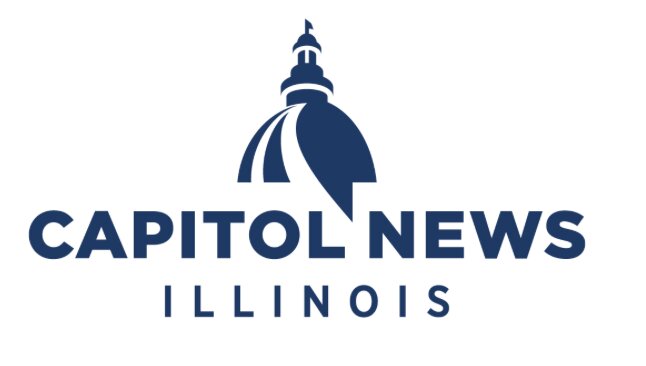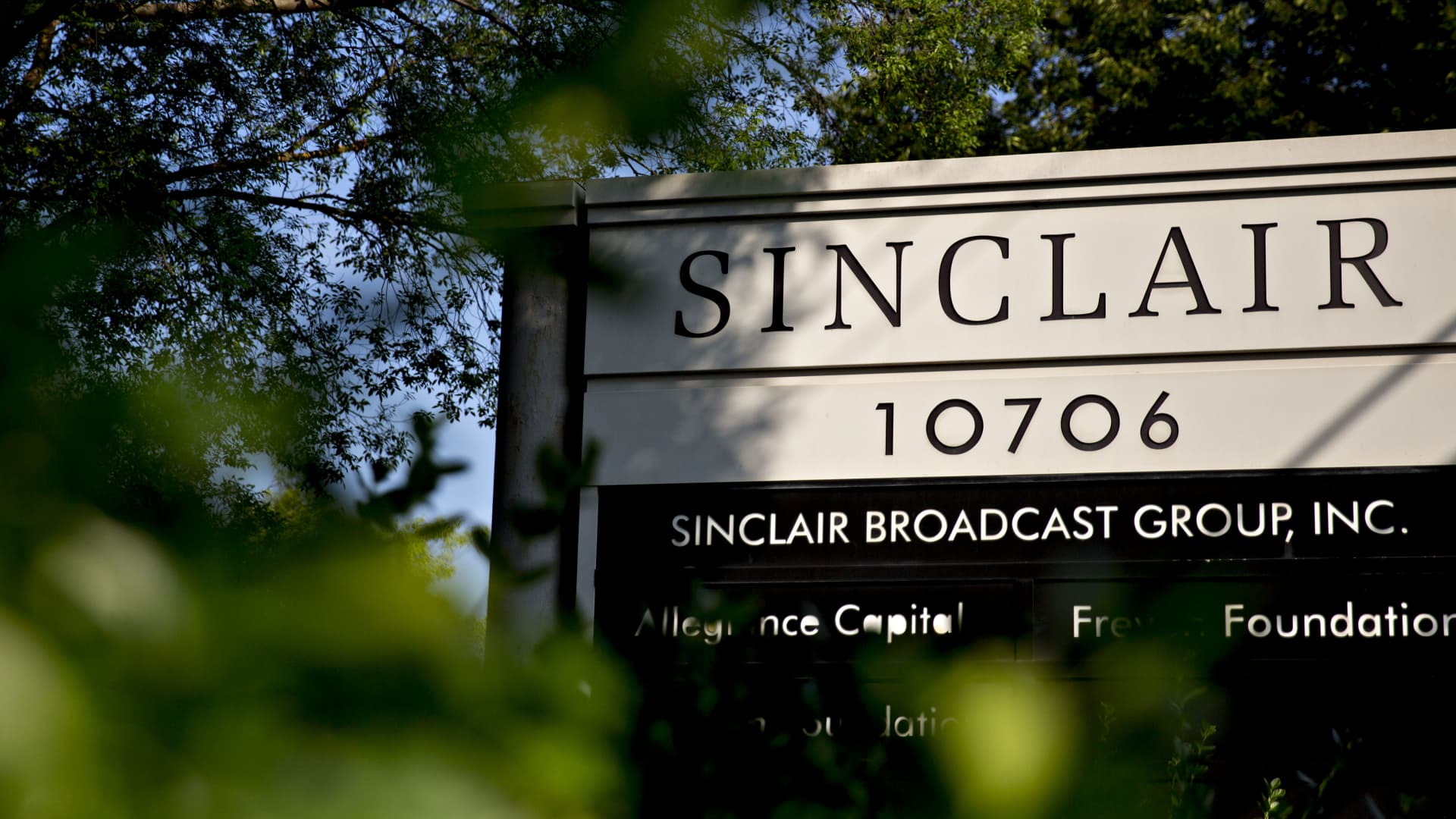- Digital Media Products, Strategy and Innovation by Kevin Anderson
- Posts
- Solving the local news demand problem pt 1 the content angle
Solving the local news demand problem pt 1 the content angle
Editor & Publisher: "Is journalism just a rich kid's hobby?"

I am part of the local news problem. I have moved eight times since the beginning of this century, including three times across the Atlantic. Although I dive into the communities where I live, I don’t build the kind of deep roots in a place that fosters a connection to local news. Even though I live in the UK after eight years back in the US where I’m from, I have digital subscriptions to the New York Times and the Washington Post, but I only pick up my local paper - the Reading Chronicle - from time to time. Looking at research from the Pew Research Center in the US, my local news patterns are similar to their findings. I rely on friends and the website of the local social enterprise outlet, Reading Today.
Americans have lost interest in both national and local news, the research found, and while young adults have never been that connected to local news, the declines in engagement happened across all age groups. In 2016, a slim majority of older Americans closely followed local news, but in the following years, they also lost interest. Both the oldest and youngest Americans saw a steep drop in news engagement between 2016 and 2018.

This isn’t about trust
The lack of interest in local news was a rare non-partisan issue. The research found almost no difference in engagement with local news between Republicans and Democrats, and the lack of engagement isn’t down to a lack of trust. Democrats and Republicans both hold positive opinions about local journalism, with Dems having only a slightly more positive view of local journalists than Republicans.

This stands in stark contrast to how Americans view ‘mass media’. At a national level, a 47-point gulf stands between Democrats and Republicans in their trust in mass media.
At the risk of repeating myself, the lack of engagement with local news isn’t down to trust. As Pew says, there hasn’t been a change “between the two major political parties in views toward local media”. Over the same period, trust in national mass media has fallen dramatically amongst Democrats, Independents and Republicans, with only 11% of Republicans having trust in the media.
A few other things to note:
People with university degrees are even less engaged with local media.
This makes me scratch my head. “63% of U.S. adults say they think their local news outlets are doing very or somewhat well financially.” Although newspaper readers are a bit more aware that all is not well.
Only 15% of people pay for local news. 49% say that they can get what they need from free sources, and 30% say that simply aren’t interested enough in local news to pay for it.
Responses to the issues of a lack of demand
In the US and the UK, there is a growing sense of crisis about local journalism. Research and regulators have pointed the finger at platforms. They rightly point out that platforms have captured advertising that used to go to news media. Attempts to force Google and Facebook to pay news providers for linking to their content have created more problems than they have solved. In Canada, Meta - the owner of Facebook and Instagram - simply stopped linking to news content, which decimated small independent news publishers, forcing some to close.
While more revenue would help local news outlets, Pew’s research shows that there is a more fundamental problem: Lack of interest in local news. Joshua Darr, an associate professor in the Newhouse School of Public Communications and a senior researcher in the Institute for Democracy, Journalism & Citizenship at Syracuse University, highlighted two studies that found that you literally couldn’t give away local news in writing for the Nieman Lab. How do you solve this issue of lack of demand and interest in local news, the disruption of local news business models and the decline in civic engagement? It is unlikely that local outlets will rebuild their audiences of the past so they will have to adapt to this new era of low demand. He highlighted a new model of civic journalism advocated in the Roadmap for Local News report. Joshua views the problem not only as one of supporting local news outlets but also of re-engaging people in their communities. The solution:
By involving non-journalists in the newsgathering process, helping community members navigate the policy environment, and reorienting coverage around the questions and concerns of regular people, “civic media” could improve representation by reminding city government officials that they are being watched by a diverse array of constituents. This civic media model of journalism does not require broad-based readership to have positive political effects.
Community co-creation
I did this when I was a local news executive for Gannett serving communities along the shores of Lake Michigan north of Milwaukee a decade ago. A teacher who advised the student newspaper at one of the high schools approached me with a problem. The student newspaper had stopped printing, and the students felt a loss because it was a challenge to get the clips they needed to submit when they applied for university. And it simply created a loss of status for them. In retrospect, we could have simply given over part of the Sunday newspaper to the students on a rotating basis. (Steal this idea!) Always one to over-engineer a solution, I instead gave the students an assignment: How has technology affected your lives? One student interviewed her grandmother about the changes in technology that she had seen in her life, and another wrote about the impact of social media on their lives. In the end, we printed eight stories from three high schools, and I posted others online. I remember a friend who worked for the local chamber of commerce commenting on how impressed he was about the articulateness of the local youth. We can and should empower community members to tell their own stories, freeing up reporters to cover local government and other hard news, while also capturing the lived experience of the community.
Local news as a utility
A working example of the kind of civic journalism that the Roadmap for Local News advocates for is The Documenters project in the US, which trains volunteers to cover local meetings. I also think seeing local news as an information utility as Outlier Media in Detroit does, using a text messaging-based service to provide information to people in the city on how to tap into local services. Both projects aim to get people involved in journalism, not just acting as passive consumers.
And Outlier Media approaches journalism as a utility. The navigation for their site is radically different from most local news sites. Yes, the content might be similar when you drill down, but the navigation focuses on what the content might mean for a person in the community, not just the content category. For instance, the category “Fix this First” takes you to a page titled “Basic needs across Detroit” and includes things stories about infrastructure repair and upkeep. It is a very different positioning for local news. I often talk about how journalism needs not only who, what, where, when and why but also why should a person care.
Does a community still need someone to tell its stories?
I was having a conversation recently, and I was talking about my passion for community and communications. But I wondered if my view of the role of journalism in local communities and also engaged journalism was of a time, a bit nostalgic and also steeped in how people used technology then rather than now.
Do people want to read stories about interesting people in their communities? Does this need to be done by a paid professional, or does this only need to be facilitated by someone? If the need is only one of facilitation, where does that role fit in the community? Is it a volunteer or paid role?
One responsibility of my first job as a reporter was a weekly feature in the Sunday paper - the Nor’wester in the Hays (Kansas) Daily News. I interviewed a Methodist minister who was also an amateur astronomer, a farmer who had turned to organic methods to make a living off of the original 40-acre farmstead that had been passed down through generations of his family and the owner of a local junk yard who was coming to the end of his life and wanted to tell a story he had never told anyone: How his Army unit was one of those that had liberated the Bergen-Belsen concentration camp (and had his own photos of the horrors to prove it). Stories are everywhere. Interesting people are everywhere, and people still love to hear these stories about their communities.
As local journalism has shrunk, it often has retreated into covering just the official life of our community - government, crime and infrastructure. We need to be creative and find ways to restore the information utility of local journalism as well as tell stories about the living, breathing heart of community life. To riff on something the great playwright Arthur Miller told The Observer, a good newspaper is a community talking to itself.
But we need to focus on the demand side of the equation as well as the supply. This isn’t just news avoidance or news fatigue. This is fundamental to people’s engagement with their communities as well as journalism. It is going to take systems thinking to restore people’s interest in local news, and I think Joshua Darr is onto something. Next week, I’ll think about the revenue to support this.
And now onto the links this week. In a discussion in the News Product Alliance Slack this week, someone was asking for advice after a deep drop in search traffic after Google’s recent algorithm update in March.
These are the sites with the greatest % declines in Google SEO visibility between September 4, 2023 and April 22, 2024 (@sistrix data)
Gee, notice anything totally obvious, or is it just me?
Sorry to anyone who works on any of these sites, I know a lot of you are seeing this. I… x.com/i/web/status/1…
— Lily Ray 😏 (@lilyraynyc)
6:14 PM • May 3, 2024
This was one of the stories that got me thinking about local journalism demand. In one report about rebuilding local media, researchers seemed to pass over public media institutions as only “pass-through” providers of local content from their networks. As someone who worked in local public media, that’s a bit harsh, but it was a critique that we heard. Detroit PBS CEO Rich Homberg spoke to Editor & Publisher magazine about their efforts to increase their local content production and also to partner and collaborate with other groups in the community. Ideastream Public Media, where I worked from 2018 to 2022, had a similar programme, but it waned by the time I joined the regional group. I hope that some of the vast amounts of money flowing to restore local journalism flows to public media. And I think projects like what is happening in Detroit show that public media leaders want to play a positive role in rebuilding local journalism.
This is a question that I have heard in the US and the UK, especially as journalism jobs have been concentrated in New York, Washington and London where the cost of living is prohibitive. Moreover, it used to be that you started off on a low salary but could grow into higher wages locally or move up to national outlets. That progression has been under threat for much of the past decade. And where digital outlets offered opportunities for a while, we’re in a moment where those jobs are drying up until digital shops can figure out a business model that isn’t so dependent on advertising.
Legislators in my own state are trying to address this issue.
It is important to say that these projects used machine learning rather than generative AI, and as I have written about quite a bit here and in the Media Bulletin newsletter I edit and write for Pugpig, this bit of AI technology has been playing an important role in journalism for years. It is good to bring this into the light and help people understand the positive role that AI is playing in reporting complex stories.
This is becoming increasingly common, and actually, AI usually does a pretty good job of this.
TV stations in the US make or used to make a lot of their revenue from retransmission fees, fees paid to cable and satellite companies to rebroadcast their content. With the decline of paid TV as Americans turn to streaming services, TV station owners like Sinclair have been hit hard. Most Americans get their news from their local TV stations. I have my issues with Sinclair, which injected a partisan tilt into local TV news that hadn’t been there before. Regardless, this financial pressure on local TV stations could harm an important source of local news in the US.




/cdn.vox-cdn.com/uploads/chorus_asset/file/25451833/1082804358.jpg)
